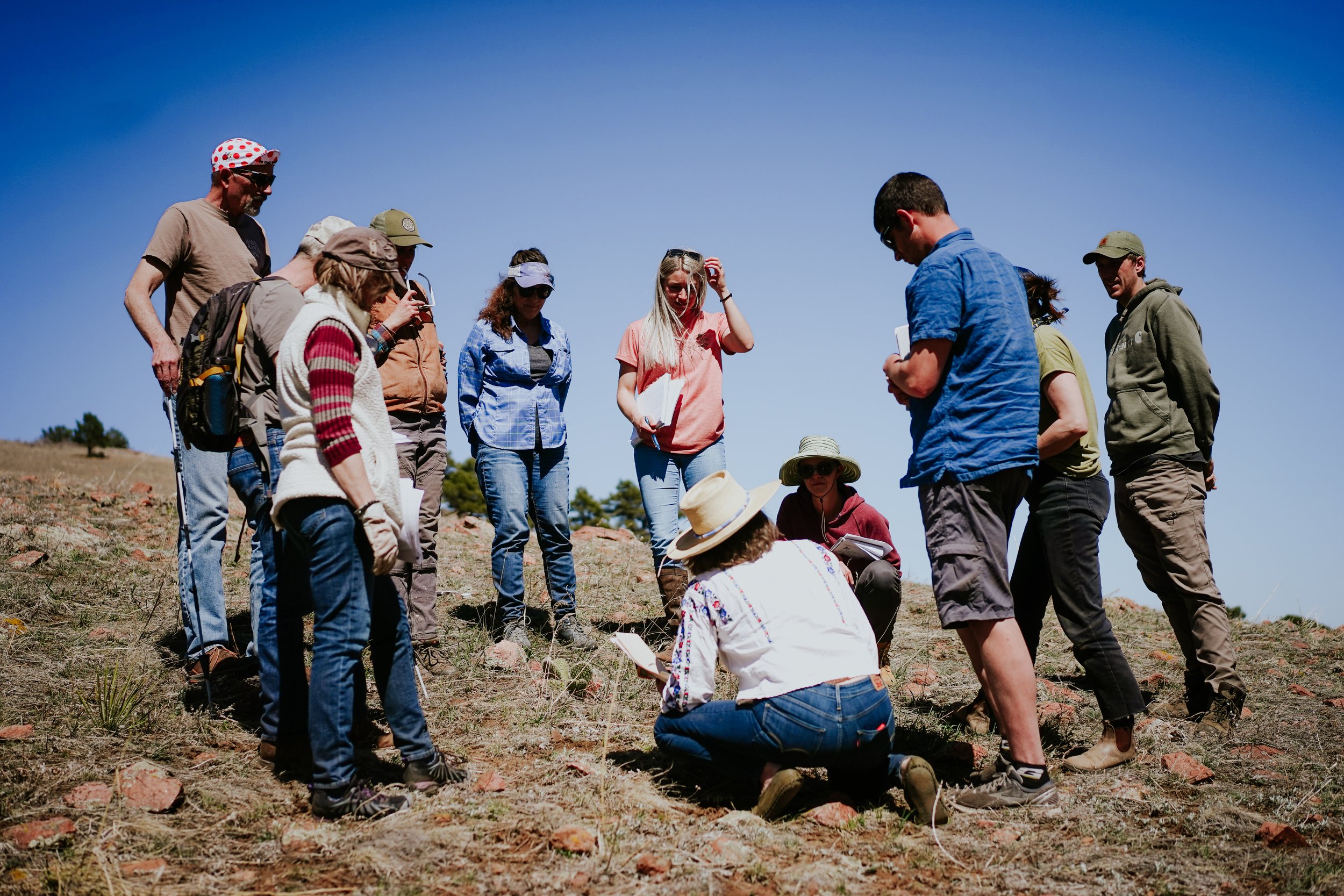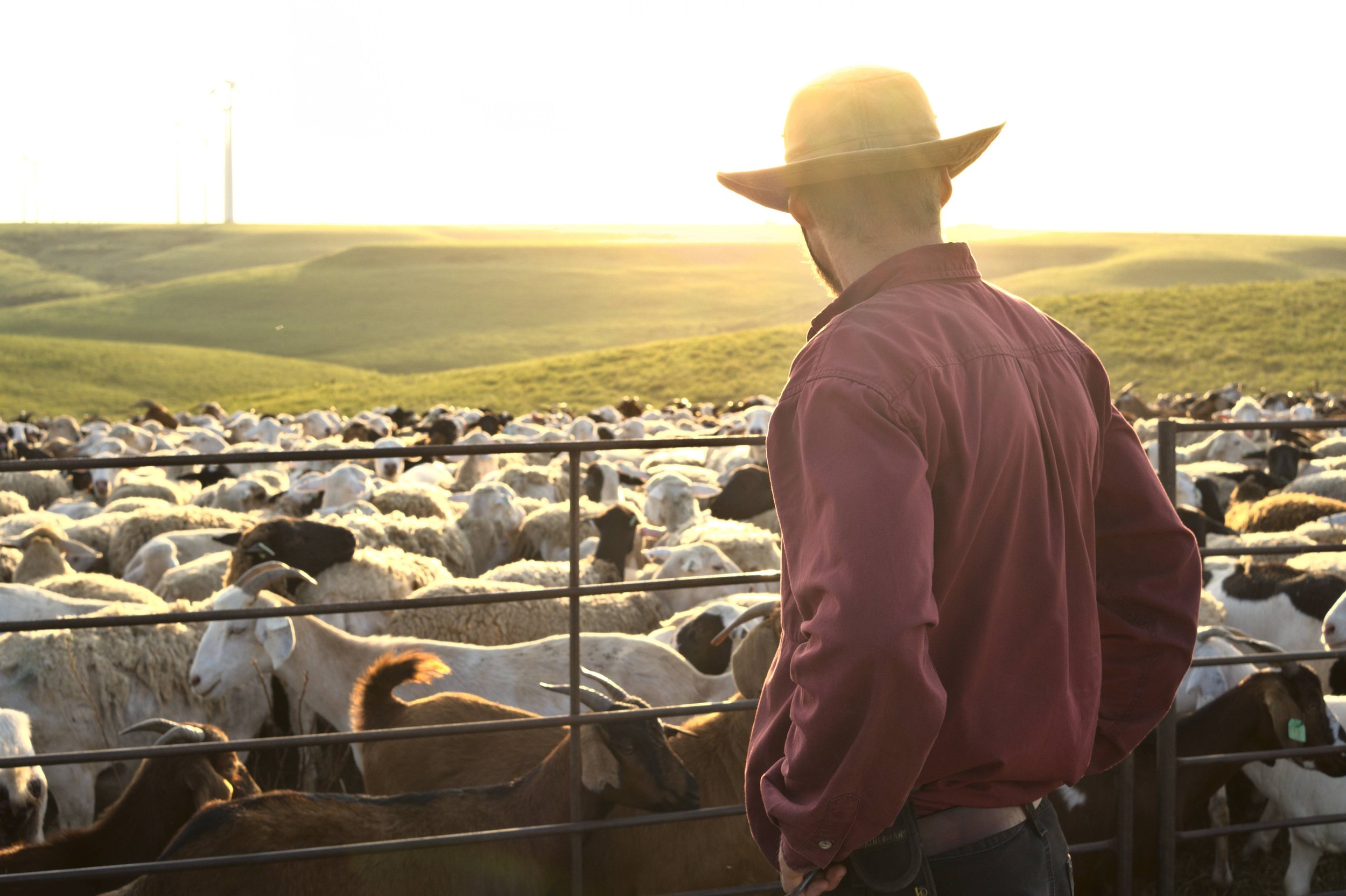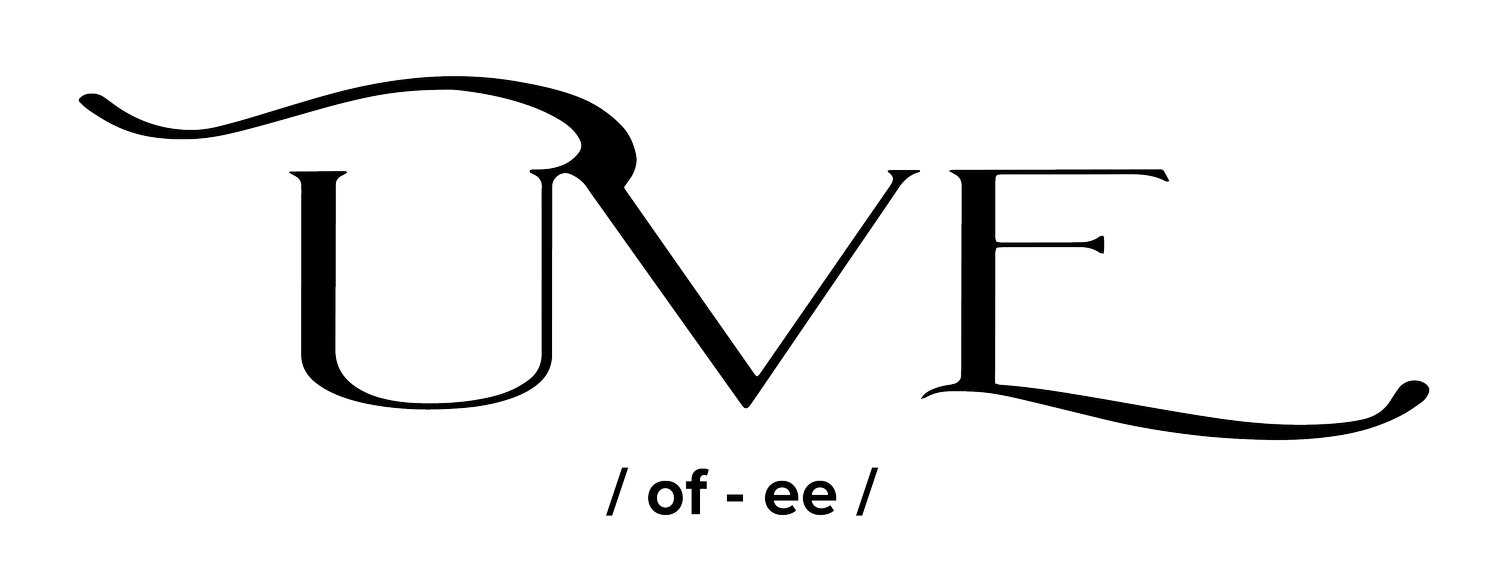
UVE BLOG
Newsletters, Articles, & More
Find our latest news, research, and natural musings
sign up for our newsletter to receive monthly updates

From Loving the Land to Reverence as an Economic Model — Meet Joe Frey
As we ventured through the last leg of our autumn road trip a few years back, we made our way to the heart of Nevada. Amidst the rugged landscapes and sun-kissed plains, we met Joe Frey, one of UVE's land stewards using Ecological Outcome Verification (EOV), to, as he said, "get off the drugs of industrial agriculture." His place in Fallon, Nevada, was on our way home, and we thought it would be fun to meet someone in person, on their land, instead of Zoom, which we’d been on for what felt like an eternity. This is Joe’s story of stopping the use of industrial agriculture inputs while increasing profits.

The Paths to Becoming an Accredited Professional
After watching Allan’s impactful talk, I discovered Savory’s Global Hub network and learned that you could become an accredited educator in Holistic Management. With my degree in leadership and education, and a background in group facilitation, I realized that I had the background and skills to hit the ground running. Taking accredited courses in Holistic Management through Savory Hubs was a direct and tangible way for me to immerse myself in the foundational learning and connect with a like minded community.

EOV Partner Spotlight: Keystone Land and Livestock
EOV Partner Spotlight | Keystone Land and Livestock
Keystone Land and Livestock, co-founded by Matthew Rose-Stark and Riley Steidlmayer, is a custom, organic grazing business with a unique business model. Keystone owns neither land nor livestock, instead they collaborate with land owners and livestock producers to offer custom grazing services during the active growing season in Sutter County, California.

Cattle Squares & Goat Cubes
Goats’ ability to pack themselves into tight spaces when they are motivated isn’t their only visually deceiving quality. They set themselves apart from their bovine and ovine counterparts as browsers who prefer to forage from the buds, flowers, leaves, and bark of taller woody species. When foraging, goats tend to “look forward and up,” in comparison to cattle, who tend to look “forward and down.” Sheep are often somewhere in the middle.





